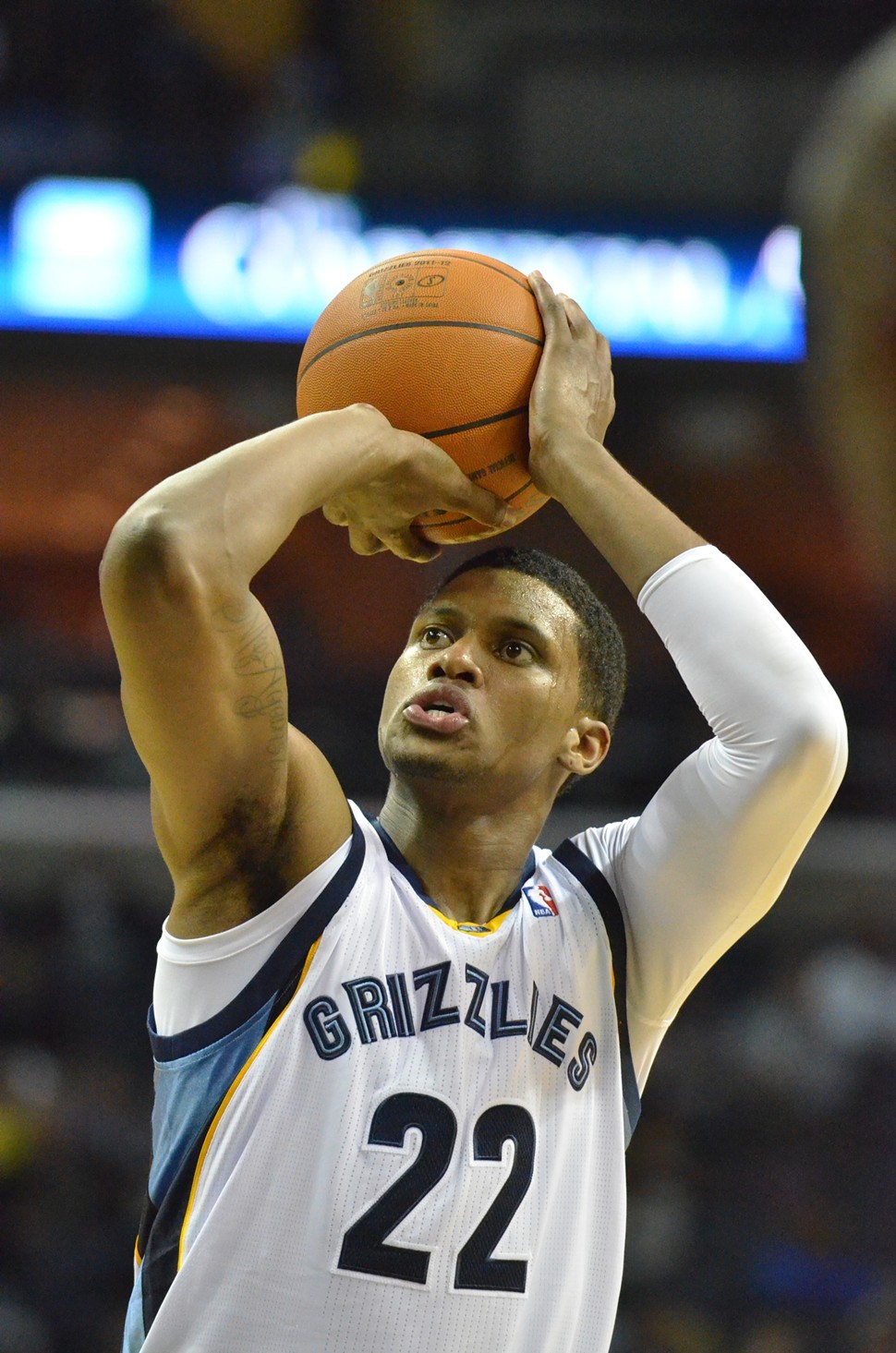Question: What’s been the most under-acknowledged story about the Memphis Grizzlies this season?
Answer: Pau Gasol’s improvement.
No, really — I mean it.
Gasol certainly hasn’t done himself any favors. From the obnoxious tendency to deliver very different messages to the Spanish media than he does to the local press to his wavering on-court enthusiasm and at-times terrible defensive regressions to his ill-conceived trade request, Gasol’s wounds this season are mostly self-inflicted.
Breaking his foot while playing for his national team this summer fed already lingering resentments and set the stage for a lost season. Losing doesn’t put people in much of a mood to see improvements, especially in those they blame for the losing. And Gasol’s limited minutes coming off the foot injury have kept his per-game averages from being as eye-popping as they might be.
But, however subtle, the advancements in Gasol’s already impressive set of skills have been tangible and significant. Fans (and, more importantly, decision-makers in the front office and ownership box) need to digest them before helping Gasol pack his bags.
To put Gasol’s production in a more helpful context, translate his averages this season (in 33 minutes per game) into the 39.1 minutes he averaged last season. The result: 24 points, 10 rebounds, 4 assists, and 2.5 blocks a game.
Gasol’s rebound rate, despite coming off a broken foot, is the best of his career (though still mediocre for a 7-foot center). His shot-blocking rate is the highest of his career. And, most meaningful of all, Gasol’s perimeter shooting is dramatically better.
Gasol is shooting 47 percent on perimeter shots this season after falling under 40 percent every other season of his career. And this improvement doesn’t look like a fluke, because his shooting mechanics seem to have evolved. In the past, Gasol had a tendency to move his left hand off the ball early, resulting in a one-handed, shot-put-like release. Gasol’s form looks more textbook, and he’s been much more confident — less tentative — with the shot.
As a result, Gasol is shooting 57 percent from the floor this season — fifth best in the league — despite taking 54 percent of his shots from the perimeter. To put that in context, none of the four players ahead of Gasol in this category has taken even 40 percent of his shots from outside the paint.
What’s most encouraging is that these improvements are far more likely to carry over into next season than Gasol’s defensive decline. A lack of lateral quickness and bulk will keep Gasol from ever being a quality defender, but his decline from adequate to bad this season seems to be the result of intensity, focus, and team-wide defensive problems. Intensity and focus will be easier to come by in a season where the team is playing for more than ping-pong balls. And the team defense is certain to improve via a combination of personnel changes and solidifying the coaching situation.
Given that Gasol is a 26-year-old 7-footer who is already an All-Star caliber player, isn’t a locker-room or off-court problem, and is showing signs of making a significant leap forward, the Grizzlies should be very reticent about dealing him.
The most reasonable trades rumored for Gasol are ones that would combine a quality young player (Chicago’s Ben Gordon and Luol Deng have been the most prominently mentioned), a draft pick, and a cap-room creating contract.
A deal of this kind could work out for the Grizzlies, but the contingencies are daunting. Any key player the Grizzlies acquire is likely to be less valuable than Gasol and eligible for free agency before Gasol’s contract runs out. Draft picks and cap room are dependent on making good picks and smart signings, and if history shows anything, it’s that the draft is a crap shoot and free agency comes with more risks than rewards. What if that pick/cap-room combo turns into Troy Bell and Brian Cardinal?
Unless financial considerations are dictating a bad basketball decision, the best course for the Grizzlies is to resist Gasol’s trade request and wait until the league’s draft lottery is conducted this summer. At that point, with a good idea of what they’re getting in the draft, the Grizzlies’ organization should ask itself two questions: Is Pau Gasol a good fit for the future, and has Gasol changed his mind about wanting to be traded? If the answer to either question is no, then get the best deal you can. The prospect of combining Gasol with elite center prospect Greg Oden trumps anything a trade right now can bring. Closing off that potential future could be a huge mistake.
